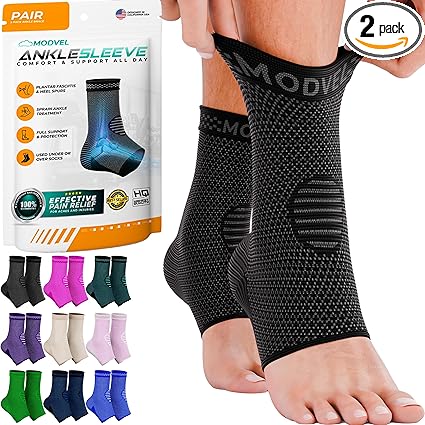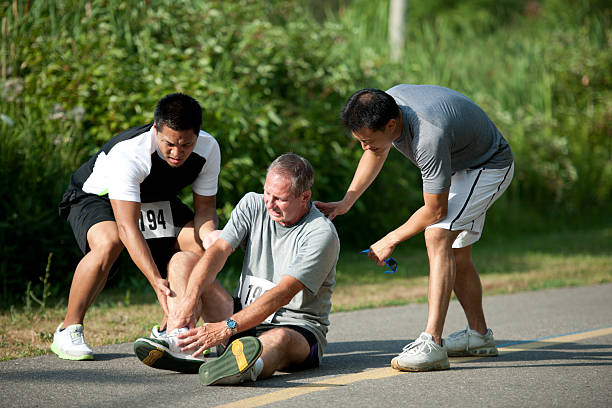Running after an ankle fracture requires proper care, rehabilitation, and guidance from a healthcare professional. Following the recommended recovery process is crucial to ensure that the ankle heals properly and to prevent further injuries. Here are some general guidelines for running after an ankle fracture:
Running after an ankle fracture can be a gradual process that involves several key steps to ensure proper healing and prevent re-injury. Here’s a general guide:
- Healing Phase: Allow your ankle to heal completely. This may take several weeks to months, depending on the severity of the fracture and how well you follow rehabilitation protocols.
- Please consult with a Doctor or Physical Therapist: Before returning to running, it’s crucial to get medical advice. They can assess your recovery and recommend when it’s safe to start training again.
- Rehabilitation Exercises: Engage in rehabilitation exercises that focus on range of motion, strength, and balance. This can help rebuild the stability and strength of your ankle.
- Start with Walking: Begin with walking to increase your ankle’s strength and flexibility without putting too much pressure on it.
- Gradual Progression: Once you can walk comfortably, gradually incorporate light jogging. Start on softer surfaces (like grass) to reduce impact.
- Listen to Your Body: Pay attention to any pain or discomfort in the ankle. If you experience any issues, take a step back and allow more time for healing.
- Consider Footwear: Use appropriate running shoes that provide good support and cushioning to protect your ankle.
- Cross-Training: Consider alternative forms of exercise (like swimming or cycling) that maintain fitness while reducing stress on your ankle during the recovery phase.
- Monitor Recovery: Keep track of your progress and consult with your healthcare provider regularly to ensure your ankle is recovering well.
Always prioritize safety and healing to ensure that your return to running is both effective and sustainable.
Check out this Ankle Sleeve

Disclaimer:
This post contains affiliate links which means I may receive a small commission if you purchase using that link at no extra cost to you. and if you do, I appreciate you!



